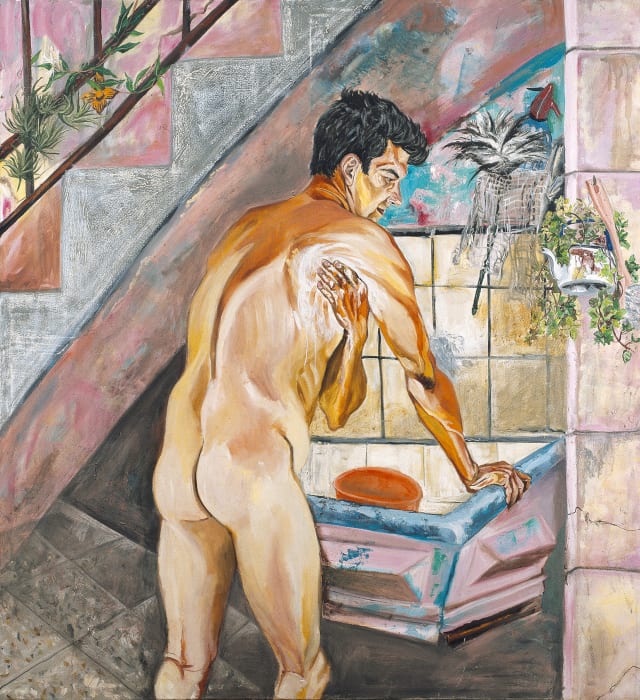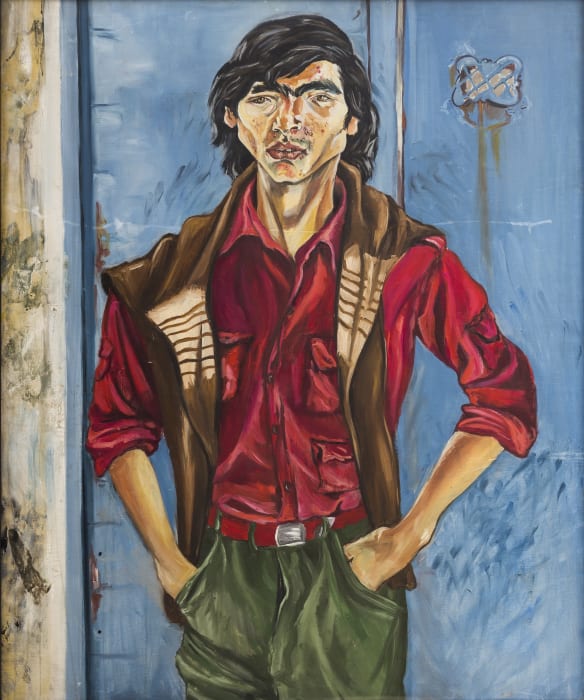Marcia Schvartz
Buenos Aires, Argentina, 1955
Among contemporary Argentine artists, Marcia Schvartz is perhaps one of those who most vindicates painting as a classic craft. Her work is a testimony of a practice associated with observation, feeling and thought. "Art is something typically human and we are human because of the interaction between the hand, the eye and the mind", says Marcia.
Educated since childhood in painting workshops, with a brief stay at the Escuela Nacional de Bellas Artes Prilidiano Pueyrredón, she recognizes her teacher in the engraver, draftswoman and ceramist Aída Carballo. Sensitive to the generation of the 1970s, linked to the aesthetic and political experimentation that led her to exile in Barcelona, her identity as a painter is linked to the countercultural climate of post-dictatorship Buenos Aires. Her portraits of night characters, her faces from the silent underworld of bars, basements and underground artists in Barcelona and Buenos Aires were her personal mark.
The spirit from the barrio and marginal spaces flood his works. Lonely men, as in El Ramón (1981) or El baño del morocho (1989), but also street people, the neighbors of a Buenos Aires villas, workers, elders, trans or indigenous women. These are worlds that appear in everyday scenes and objects to represent tenderness, eroticism and fury. Leaving her space is a crucial aspect of Marcia Schvartz's work. She hates to travel, but her work is marked by a permanent movement that looks for the boundaries as an alternative to what she calls the circle of an art that is produced in a world closed in on itself.
In her work there is always a risk that seems to be welcoming, and a gentleness that is also violence, and she expresses it through a variety of techniques such as engraving, silkscreen printing, ceramics and painting, and with unconventional materials such as pigments, glitter, tar, resins, cactus, burlap, wool, rocks. For Marcia, the painter is a channel, an interface with the voices of the surroundings. On many occasions she emphasizes that behind the artwork there are the voices of the living and the dead: "The shamans were all painters, artists. This is a serious thing".
It could be said that Marcia Schvartz goes against the grain, defending authenticity, in tension with commercialization, trivialization and the disarticulation of an integrated conception of the creative act. "I am a painter, not an artist" or "We are all children of the great history of art" are phrases that show her advocacy of a classical view of the fine arts, which is also a vindication of the vital experience that she herself summarizes as: "I look, I think, I feel, I paint".





